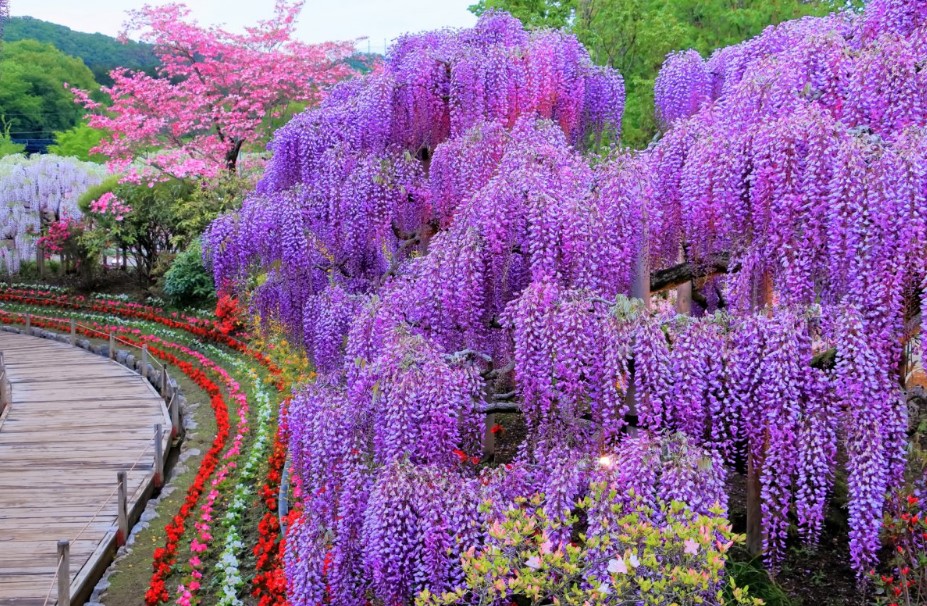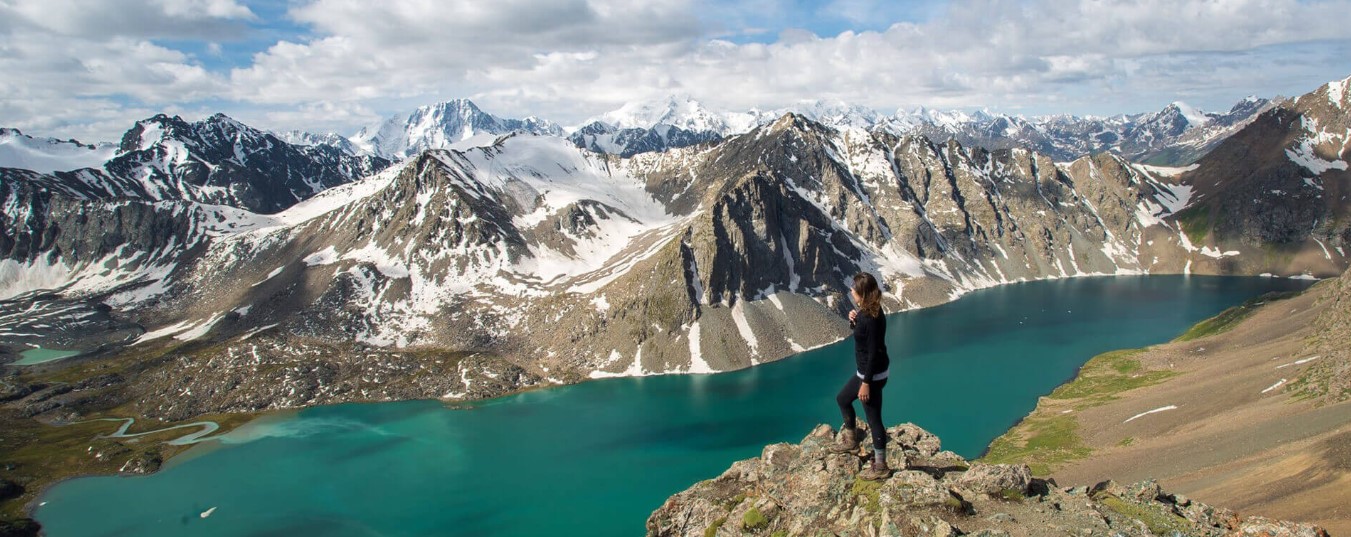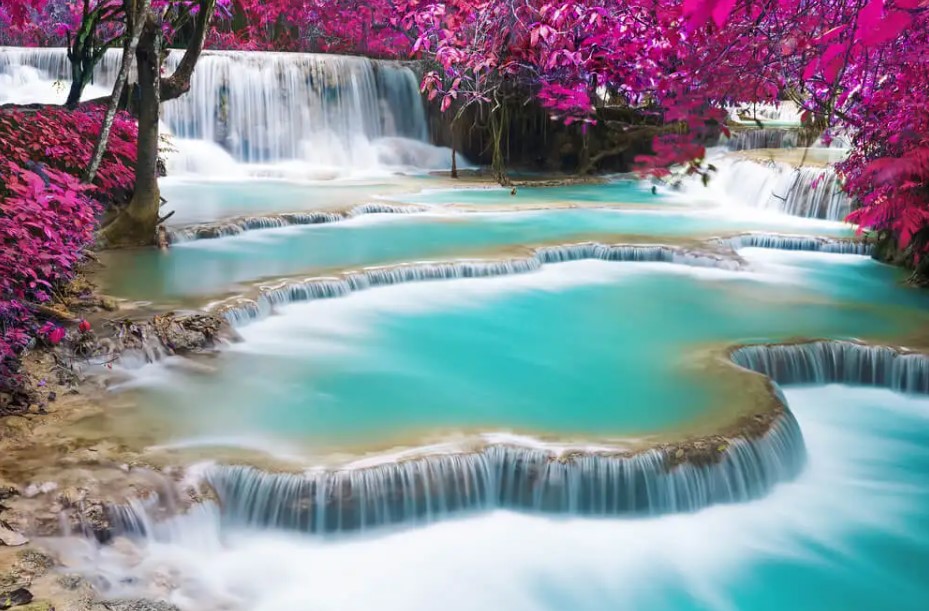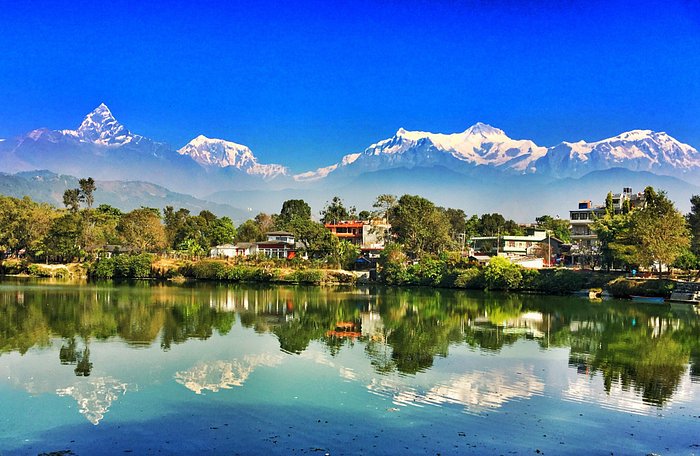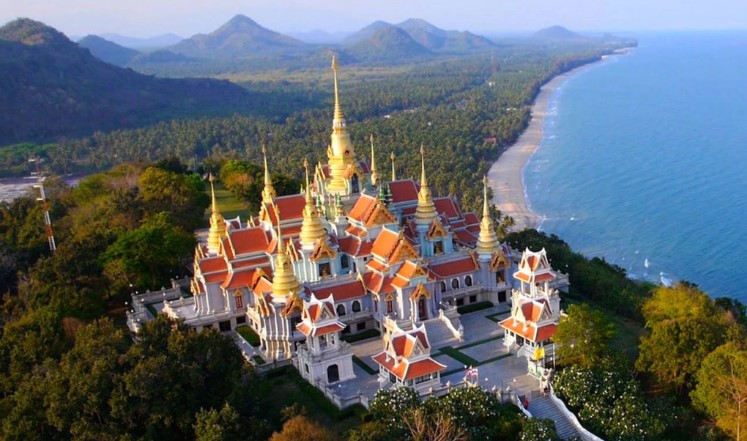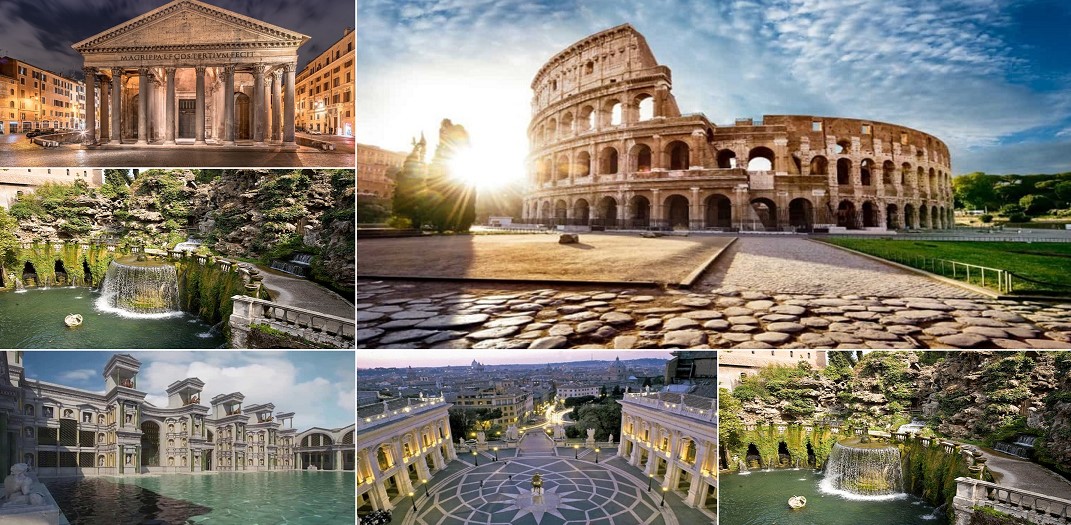Victoria Falls
Victoria Falls, located on the border of Zambia and Zimbabwe, is one of the most magnificent natural wonders on Earth. Also known as Mosi-oa-Tunya, which means "The Smoke That Thunders" in the local language, Victoria Falls captivates visitors with its awe-inspiring beauty and sheer power. In this article, we will delve into the mesmerizing features of Victoria Falls and explore its significance as a top tourist destination.
Victoria Falls is an extraordinary waterfall situated on the Zambezi River, one of Africa's longest rivers. It is widely regarded as the largest sheet of falling water in the world, mesmerizing onlookers with its breathtaking beauty and thunderous sound. The falls are a result of the Zambezi River's dramatic descent into a narrow gorge, creating a spectacle that attracts millions of visitors every year.
The Formation of Victoria Falls
Victoria Falls owes its existence to the geological forces that shaped the African continent over millions of years. The Zambezi River flows across a basalt plateau, gradually eroding the underlying rock layers. The water's relentless force has carved out a zigzagging series of gorges, eventually creating the magnificent Victoria Falls.
Dimensions and Scale
Spanning approximately 1.7 kilometers in width and plunging over 100 meters into the gorge below, Victoria Falls is a truly colossal sight. The falls are divided into five main sections: Devil's Cataract, Main Falls, Horseshoe Falls, Rainbow Falls, and Eastern Cataract.
The spray generated by the cascading water creates a misty veil that can be seen from miles away, giving rise to the name "The Smoke That Thunders."
The Rainforest
The Victoria Falls rainforest, a lush and vibrant ecosystem, surrounds the falls. The perpetual mist from the cascading water sustains a unique microclimate, creating a haven for a diverse array of plant and animal species. Exploring the rainforest is an enchanting experience, with towering trees, colorful birds, and tropical flora embracing visitors at every turn.
Wildlife and Biodiversity
The Zambezi River and its surrounding areas are home to a rich and diverse ecosystem. The river supports a thriving population of hippos, crocodiles, and numerous fish species. On land, visitors may encounter elephants, giraffes, zebras, and various antelope species.
Bird enthusiasts will delight in the presence of over 400 bird species, including majestic African fish eagles and vibrant bee-eaters.
Adventure Activities
Beyond its scenic beauty, Victoria Falls offers an array of thrilling adventure activities. Adrenaline junkies can partake in heart-pounding experiences such as white-water rafting, bungee jumping, and zip-lining.
For those seeking a more leisurely adventure, sunset cruises along the Zambezi River provide a tranquil and picturesque setting to enjoy the surrounding landscapes.
Nearby Attractions
In close proximity to Victoria Falls, visitors can explore other captivating destinations. The Zambezi National Park offers exceptional wildlife viewing opportunities, while the Chobe National Park in neighboring Botswana boasts a dense population of elephants.
The charming town of Livingstone, named after the famous Scottish explorer, is steeped in history and offers a range of cultural experiences.
Local Culture and Heritage
The local communities surrounding Victoria Falls have a rich cultural heritage. Visitors can immerse themselves in traditional dances, music, and art, gaining insight into the customs and way of life of the indigenous people. Engaging with local artisans and purchasing authentic crafts contributes to the sustainable development of these communities.
Sustainable Tourism Efforts
Recognizing the importance of preserving this natural wonder, various conservation initiatives and sustainable tourism practices have been implemented. Efforts to minimize the environmental impact of tourism, promote responsible travel, and support local communities are crucial for the long-term preservation of Victoria Falls.
Victoria Falls: A UNESCO World Heritage Site
In acknowledgment of its exceptional value to humanity, Victoria Falls was designated as a UNESCO World Heritage Site in 1989. This prestigious recognition highlights the need to protect and conserve this natural wonder for future generations.
Travel Tips and Recommendations
- Visa Requirements: Check the visa requirements for both Zambia and Zimbabwe before your visit, as they may vary depending on your nationality.
- Weather Considerations: The best time to visit Victoria Falls is during the dry season (April to October) when the water flow is at its peak, offering the most spectacular views.
- Safety Precautions: Follow safety guidelines and listen to instructions from tour guides when engaging in adventure activities. Respect wildlife and maintain a safe distance.
- Photography Tips: Carry a waterproof camera or protective covering for your equipment due to the constant spray from the falls.
- Local Currency: Be sure to have the local currency on hand for small purchases, as not all vendors may accept credit cards.
Note: Victoria Falls stands as an awe-inspiring testament to the power and beauty of nature. Its grandeur, combined with the rich biodiversity and cultural heritage that surrounds it, creates an unforgettable experience for all who visit. Whether you seek adventure, tranquility, or a deeper connection with the natural world, Victoria Falls offers a truly remarkable journey.
Frequently Asked Questions (FAQs)
Can I visit Victoria Falls from both Zambia and Zimbabwe? Yes, you can visit Victoria Falls from both countries. Each side offers a unique perspective and different activities to enjoy.
Are there accommodations near Victoria Falls? Yes, there are various accommodation options available on both the Zambian and Zimbabwean sides, ranging from luxury lodges to budget-friendly guesthouses.
Is it safe to swim near Victoria Falls? Swimming in the Zambezi River near the falls is not permitted due to strong currents and the presence of crocodiles. However, there are safe swimming areas in other parts of the river.
What is the best time of year to see Victoria Falls at its fullest? The best time to witness the full force of Victoria Falls is during the rainy season, from November to March. However, be prepared for heavier rainfall and limited visibility due to the increased spray.
How can I contribute to the conservation of Victoria Falls? Supporting local conservation organizations, practicing responsible tourism, and respecting the natural environment are some ways you can contribute to the preservation of Victoria Falls and its surrounding ecosystems.















